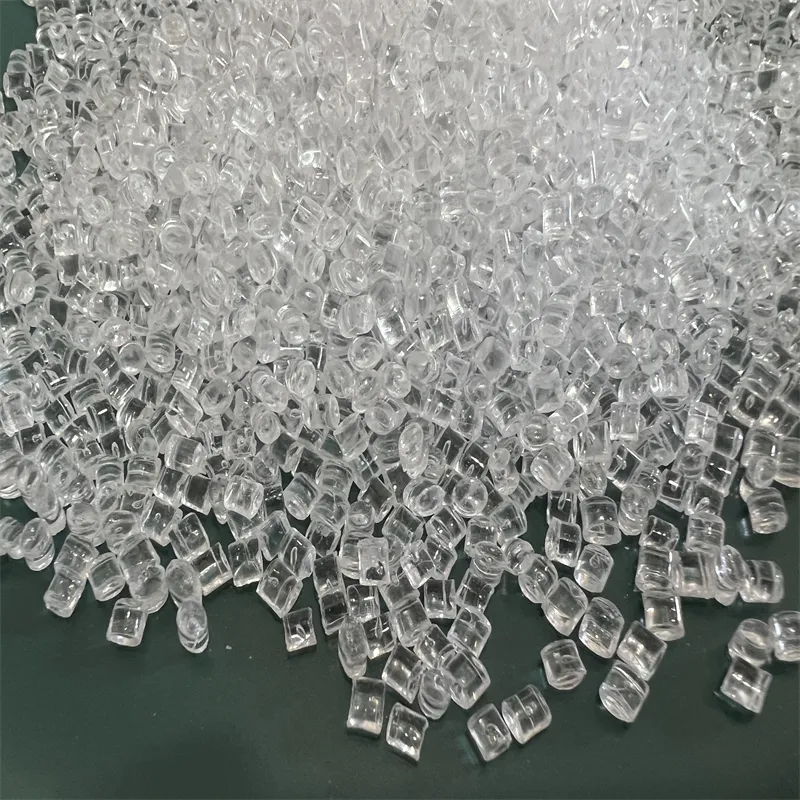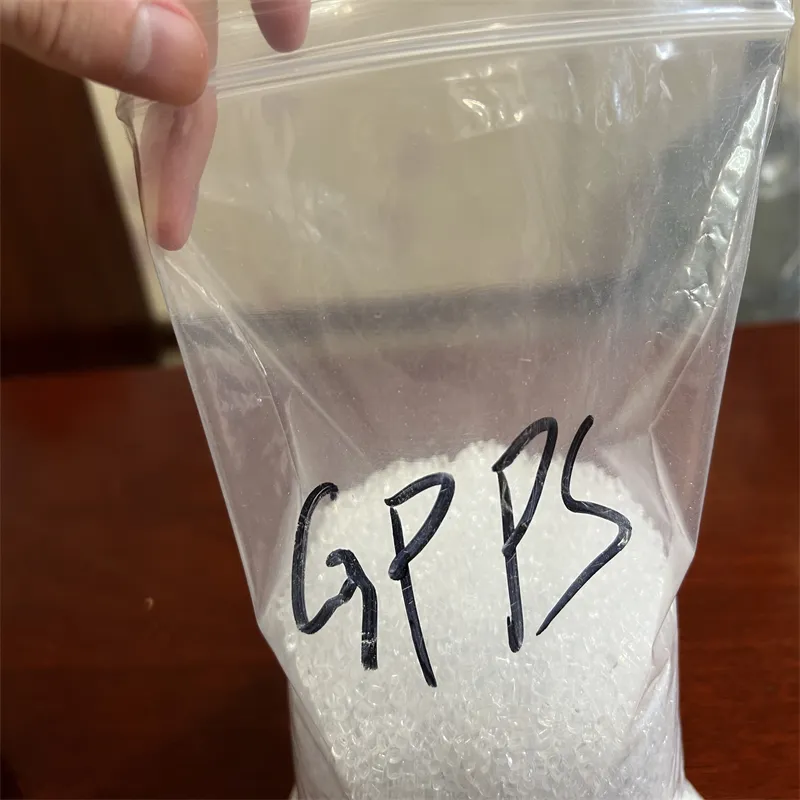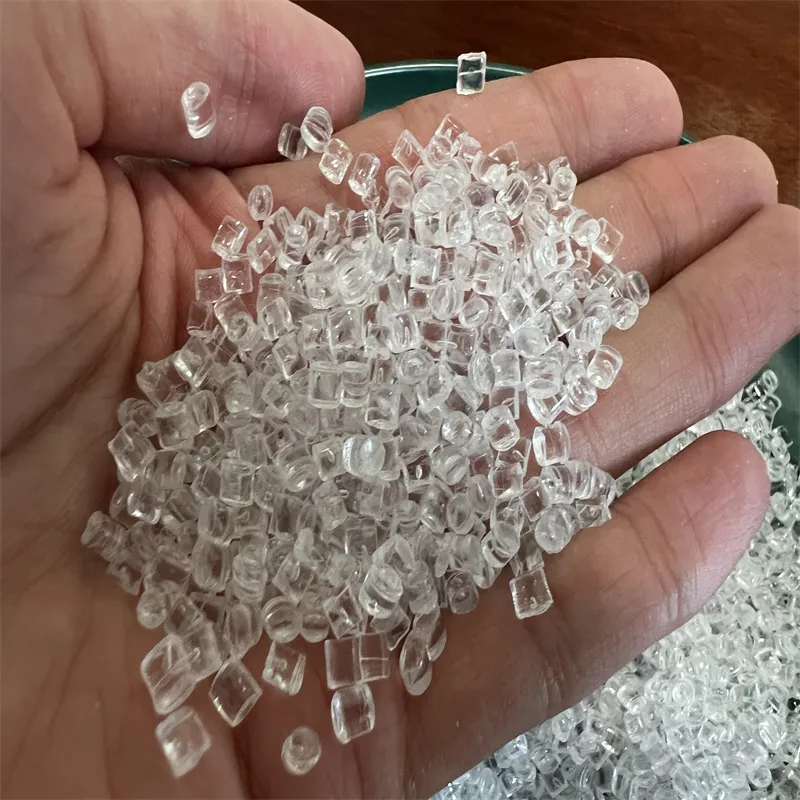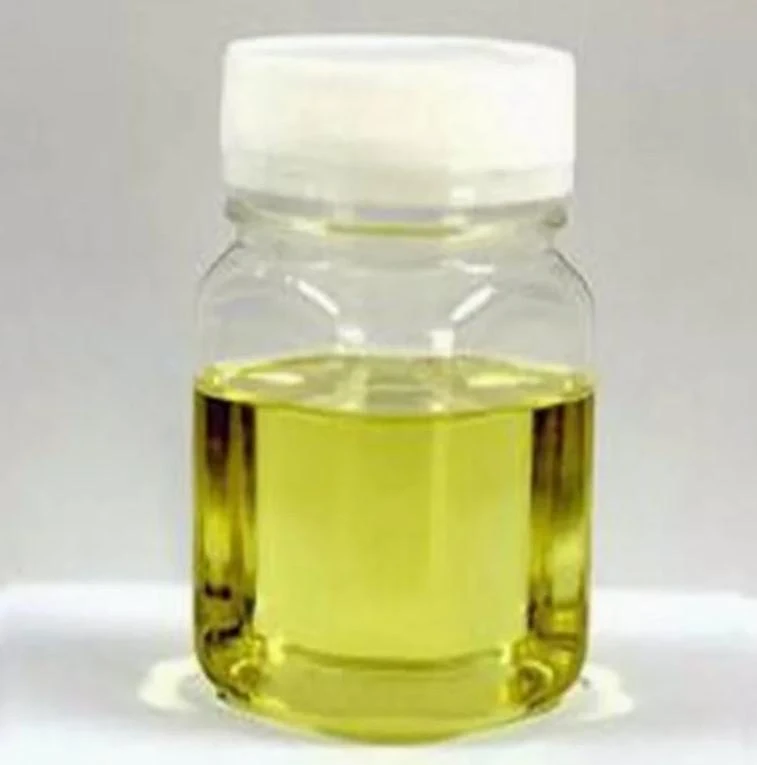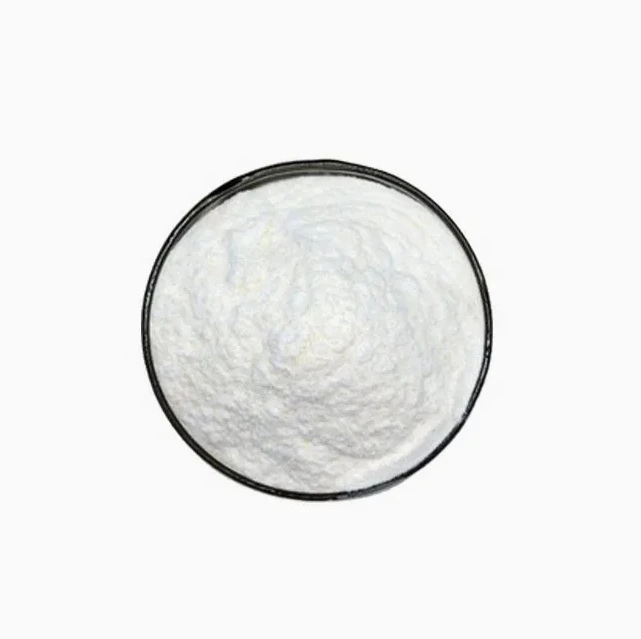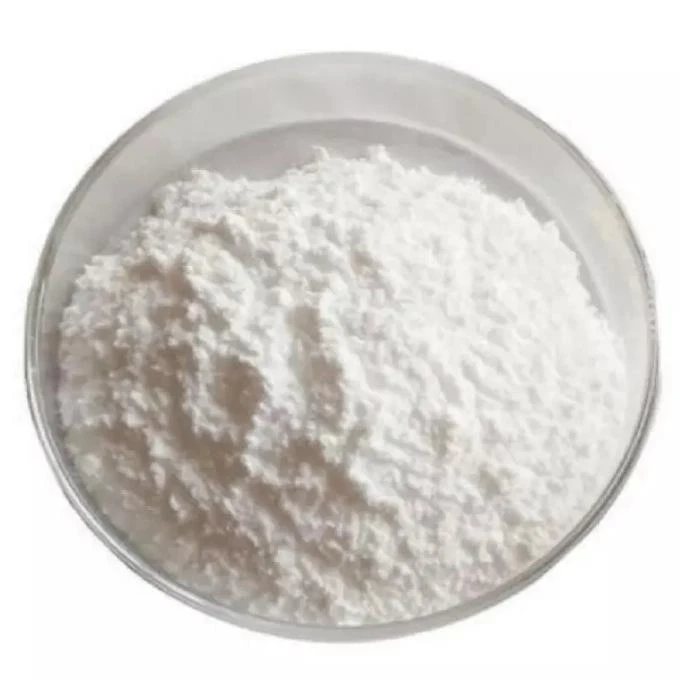Warning: Undefined array key "file" in /home/www/wwwroot/HTML/www.exportstart.com/wp-content/themes/1198/header.php on line 7
Warning: Undefined array key "title" in /home/www/wwwroot/HTML/www.exportstart.com/wp-content/themes/1198/header.php on line 7
Warning: Undefined array key "title" in /home/www/wwwroot/HTML/www.exportstart.com/wp-content/themes/1198/header.php on line 7
- Awherika
- Albanian
- Amharic
- Arapi
- Arameni
- Azerbaijani
- Basque
- Belarusian
- Bengali
- Bosniana
- Bulgarian
- Katarana
- Cebuano
- Haina
- Haina (Taiwan)
- Korihika
- Koroatiana
- Czech
- Teniana
- Tatimana
- Ingarihi
- Esperanto
- Estonian
- Finnish
- Wīwī
- Frisian
- Kariri
- Georgian
- Tiamana
- Kariki
- Gujarati
- Haiti Creole
- hausa
- hawaii
- Hiperu
- Kao
- Miao
- Hungarian
- Tiorangi
- igbo
- Initonia
- Irish
- Itari
- Hapanihi
- Hawaana
- Kannada
- Kazakh
- Khmer
- Rwandan
- Koreana
- Kurdish
- Kyrgyz
- TB
- Latina
- Latvian
- Lithuanian
- Luxembourgish
- Makeronia
- Malgashi
- Malay
- Malayalam
- Marite
- Maori
- Mareti
- Mongolian
- Myanmar
- Nepali
- Norewai
- Norewai
- Occitan
- Pashto
- Pahia
- Porohia
- Potiti
- Punjabi
- Romanian
- Ruhia
- Hamoa
- Scottish Gaelic
- Serbian
- Ingarihi
- Shona
- Sindhi
- Sinhala
- Slovak
- Slovenian
- Somali
- Paniora
- Hatana
- Swahili
- Huitene
- Tagalog
- Tajik
- Tamil
- Tatara
- Telugu
- Thai
- Turkish
- Turkmen
- Iukereiniana
- Urdu
- Uighur
- Uzbek
- Vietnamese
- Welsh
- Awhina
- Yiddish
- Yoruba
- Zulu
GPPS
The English name of Polystyrene is Polystyrene, and PS for short. PS is a thermoplastic amorphous resin, which is polymerized from styrene monomer and can be polymerized by a variety of synthetic methods, mainly using bulk polymerization and suspension polymerization in industry. PS is mainly divided into general grade polystyrene (GPPS, commonly known as transbenzene), impact grade polystyrene (HIPS, commonly known as benzene modification) and foam grade polystyrene (EPS).
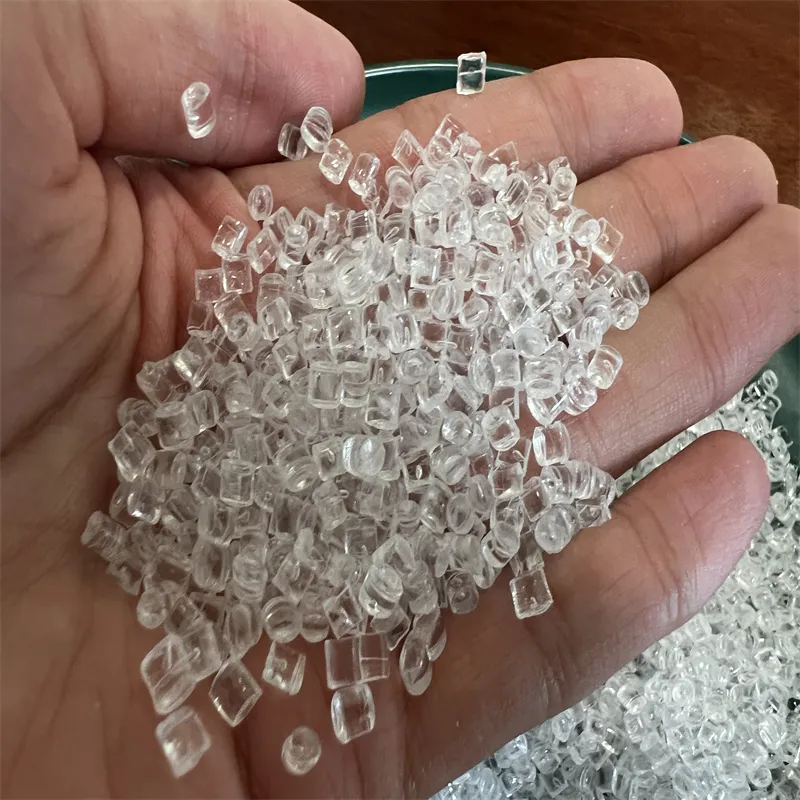



GPPS is a thermoplastic resin that is colorless, odorless, odorless and shiny, transparent, beaded or granular solid. Density 1.04 ~ 1.09, transparency 88% ~ 92%, refractive index 1.59 ~ 1.60. Under the action of stress, birefringence is produced, that is, the so-called stress-optical effect. The melting temperature of the product is 150 ~ 180℃, the thermal decomposition temperature is 300℃, the thermal deformation temperature is 70 ~ 100℃, and the long-term use temperature is 60 ~ 80℃. At a lower temperature of 5 ~ 6℃, after annealing, the stress can be eliminated and the thermal deformation temperature can be increased. If a little α-methyl styrene is added in the production process, the heat resistance of general purpose polystyrene can be improved.
It is soluble in aromatic hydrocarbons, chlorinated hydrocarbons, aliphatic ketones and esters, but can only swell in acetone. It can resist the action of some mineral oils, organic acids, bases, salts, low alcohols and their aqueous solutions. Low water absorption, it can still maintain its mechanical properties and dimensional stability in a humid environment. Optical properties second only to acrylic resins. Excellent electrical properties, volume resistivity and surface resistivity are very high, and is not affected by temperature, humidity changes, and is not affected by corona discharge. Irradiation resistance is also very good. Its main disadvantages are brittle and easy to crack, low impact strength, poor heat resistance, can not withstand boiling water, can only be used at lower temperatures and lower loads. Poor resistance to sunlight, flammable. When burned, it emits black smoke and has a special odor.
Because GPPS is transparent and has excellent rigidity, electrical performance and printing performance, especially good hygiene and low price, it has broad application prospects in food packaging. In the electromechanical industry, instrumentation, communication equipment industry has been widely used in a variety of instrument shell, lampshade, optical parts, instrument parts, transparent window mirror, transparent model, chemical acid storage tank, acid conveyor tank, telecommunications parts, high frequency capacitors, high frequency insulation liner, bracket, insert and frozen insulation materials. Also widely used in a variety of daily necessities, such as bottle caps, containers, decorations, buttons, combs, toothbrushes, soap boxes, cigarette boxes and toys.
He maha nga wheketere kounga teitei me te mahi tahi, ka taea e koe te whakarato i nga hua o te kounga teitei me nga utu whakataetae. Ka taea hoki e matou te tuku utu mo nga hokonga nui.A ka mahi tahi matou me te maha o nga kamupene kawe utanga ngaio, ka taea te tuku hua ma te humarie me te pai ki o ringaringa. Ko te wa tuku mo nga ra 3-20 i muri i te whakapumautanga o te utu.
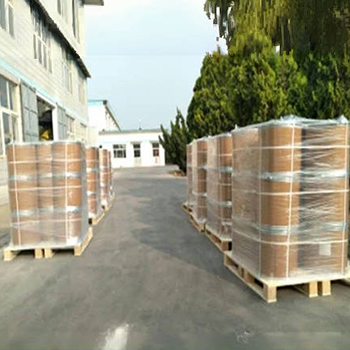




GPPS are cheap and often made into a variety of daily necessities, such as convenience bags. Because GPPS is difficult to degrade, in the case of incomplete recycling system, it is easy to cause environmental pollution, which is often referred to as "white pollution". Nowadays, people pay more and more attention to environmental protection issues, so when using such products, they should be classified and recycled, and the recycling symbol of polystyrene is 6.

1. He wheketere koe, he kamupene hokohoko ranei?
He kamupene matou e whakauru ana i te ahumahi me te hokohoko, e whakarato ana i te ratonga kotahi-mutu. Ka taea e OEM te whakaae.
2. Kei te whakarato koe i nga tauira? He kore utu, he taapiri ranei?
Ko nga tauira kore utu.Ko te utu utauta a te tauira me utu e to taha.
3. Kei a koe etahi tiwhikete e pa ana ki te mana kounga?
ISO 9001: Tiwhikete 2008 hei whakarite i te kounga.
4. He aha te mea me whakarato e au ki te tiki korero?
Pls whakamohio mai ki a matou mo te momo hua e hiahiatia ana e koe, te rahinga ota, te wahitau me nga whakaritenga motuhake.Ka mahia te korero mo to tohutoro i te waa.
5. He aha te ahua o te tikanga utu e pai ana koe? He aha nga momo tikanga e whakaaetia ana?
Nga Tikanga Tukunga Whakaaetia: FOB,CFR,CIF,EXW;
Moni Utu Whakaaetia:USD;
Momo Utu Whakaae: T / T, Western Union; Paypal, Tauhokohoko Tauhokohoko.
Te Reo Korero:Maori.
Nga waahanga hua
-
 May . 13, 20252025 European Fine Chemicals Exhibition in GermanyThe much-anticipated Fine Chemicals Europe 2025 will be held in Germany from June 4 to 5, 2025. The event will bring together industry leaders, innovators and stakeholders in the fine chemicals sector, providing a unique platform for networking, collaboration and showcasing the latest advances in the field.
May . 13, 20252025 European Fine Chemicals Exhibition in GermanyThe much-anticipated Fine Chemicals Europe 2025 will be held in Germany from June 4 to 5, 2025. The event will bring together industry leaders, innovators and stakeholders in the fine chemicals sector, providing a unique platform for networking, collaboration and showcasing the latest advances in the field. -
 May . 07, 20252025 New York Cosmetics Ingredients ExhibitionThe much-anticipated 2025 Cosmetics Ingredients New York will be held at the Javits Center in New York from June 3 to 4, 2025. This event will bring together industry leaders, innovators and enthusiasts from all over the world to discuss the latest trends and advances in the field of cosmetic ingredients.
May . 07, 20252025 New York Cosmetics Ingredients ExhibitionThe much-anticipated 2025 Cosmetics Ingredients New York will be held at the Javits Center in New York from June 3 to 4, 2025. This event will bring together industry leaders, innovators and enthusiasts from all over the world to discuss the latest trends and advances in the field of cosmetic ingredients. -
 Apr . 27, 2025Zibo will host the 2025 International Chemical ExpoZibo, a city known for its thriving chemical industry, will host the 2025 Zibo International Chemical Expo from May 16 to May 18, 2025. This highly anticipated event aims to bring together industry leaders, innovators and stakeholders from around the world to explore the latest advancements and trends in the chemical industry.
Apr . 27, 2025Zibo will host the 2025 International Chemical ExpoZibo, a city known for its thriving chemical industry, will host the 2025 Zibo International Chemical Expo from May 16 to May 18, 2025. This highly anticipated event aims to bring together industry leaders, innovators and stakeholders from around the world to explore the latest advancements and trends in the chemical industry.


